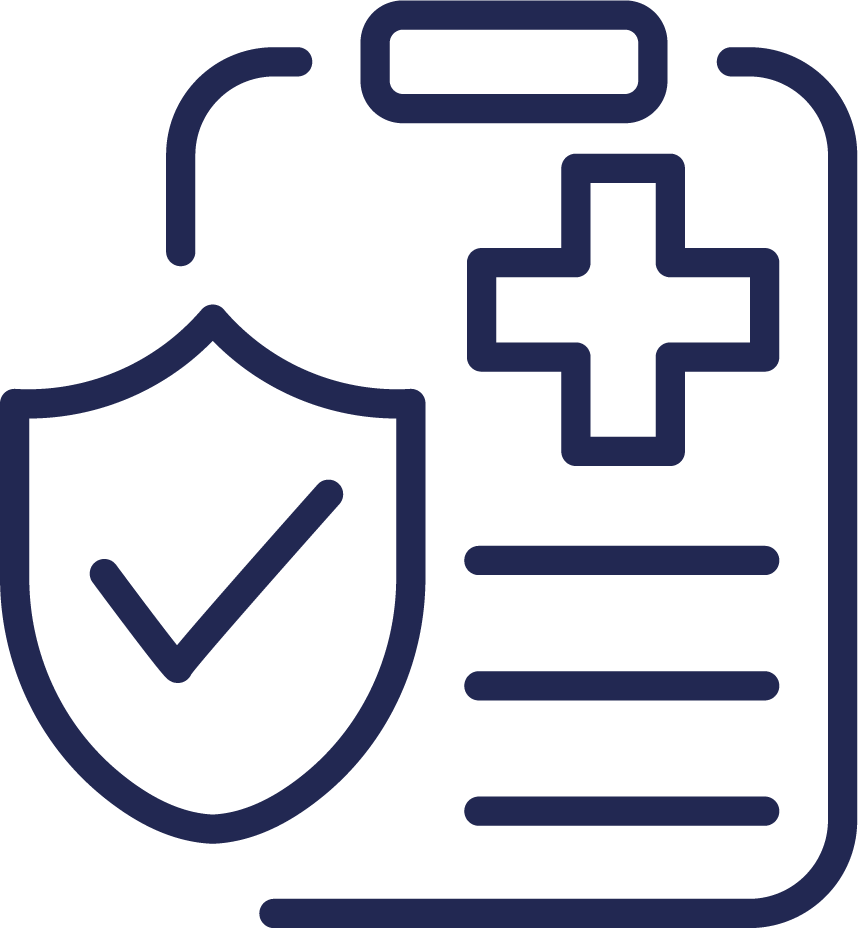Each year, employers offering health and welfare benefit plans are responsible for distributing several important notices to employees. In this blog, we’ll walk through the required notices employers need to provide annually, as well as a few others that are strongly recommended to be included in your benefits communication strategy.
Required Annual Notices

One of the most time-sensitive required notices is the Medicare Part D Creditable Coverage Notice, which must be distributed by October 15 each year. This notice informs employees whether the prescription drug coverage offered by your plan is considered "creditable," meaning it is expected to pay at least as much as the standard Medicare Part D coverage. While there is no direct penalty to employers for failing to send the notice, a delay can lead to higher costs for employees who later enroll in Medicare Part D without having maintained creditable coverage. Because employers typically do not know which employees are eligible for Medicare, sending this notice to all employees is considered best practice.

Another important notice is the Children’s Health Insurance Program (CHIP) Notice, which alerts employees to the availability of premium assistance programs through their state of residence. Although it doesn’t have a fixed deadline, many employers include it in their annual open enrollment materials to ensure consistent delivery. This notice should also be sent to all employees, regardless of location, to avoid the burden of tracking residency status. Failure to provide the CHIP notice can result in fines of up to $137 per employee per day.

Employers must also provide an annual notice under the Women’s Health and Cancer Rights Act (WHCRA). This communication, which must also be distributed upon initial enrollment in a group health plan, informs participants of their rights to coverage related to mastectomy procedures and reconstructive surgery. Non-compliance with this requirement can result in penalties of up to $100 per day, per affected individual. Like the other notices, it can be delivered in print or electronically, as long as it meets ERISA distribution standards.
Recommended Annual Notices
In addition to the required notices, several others should be considered for annual distribution, even though the law may not require them to be sent every year.

HIPAA Special Enrollment Notice
Outlines employees' rights to enroll in the health plan outside the regular open enrollment period due to specific life events, such as marriage, the birth of a child, or the loss of other health coverage. While only legally required when employees are first eligible for the plan, providing it annually reinforces these rights and ensures employees are fully informed.

Patient Protection Notice
This notice, required by the Affordable Care Act (ACA) and the Consolidated Appropriations Act (CAA), informs participants of their right to choose a primary care provider. It applies to both grandfathered and non-grandfathered plans that require participants to designate a provider. Although it is only legally required when a summary plan description or similar material is issued, it is advisable to include it in your annual notice package to avoid potential compliance gaps.

ADA Wellness Program Notice
This notice, required under the Americans with Disabilities Act (ADA), must be provided before any health information is collected. Although the EEOC's enforcement has been inconsistent, including this notice each year helps demonstrate a good-faith effort to comply with federal guidelines.
There are several other notices that employers are required to provide, though not necessarily on an annual basis. For example, the Newborns’ and Mothers’ Health Protection Act Notice is typically included in the summary plan description (SPD), while the ACA Exchange Notice must be provided to new hires within 14 days of their start date. Employers must also ensure the timely distribution of the COBRA Initial Notice (within 90 days of plan enrollment) and the HIPAA Notice of Privacy Practices, which must be distributed upon enrollment and every three years thereafter, or whenever there is a material change.
Best Practices for Distribution
Employers often bundle required and recommended notices and distribute them during open enrollment. Notices can be delivered by hand, mailed to employees' homes, or sent electronically, provided the distribution method complies with Department of Labor guidelines under ERISA. If you choose electronic distribution, be sure that employees have regular access to the electronic system and that you retain evidence of delivery and consent, if applicable.
Medcom Benefit Solutions is ready to assist with preparing a Required Notice Packet catered to your clients’ needs. Contact us at sales@medcombenefits.com for more information!





